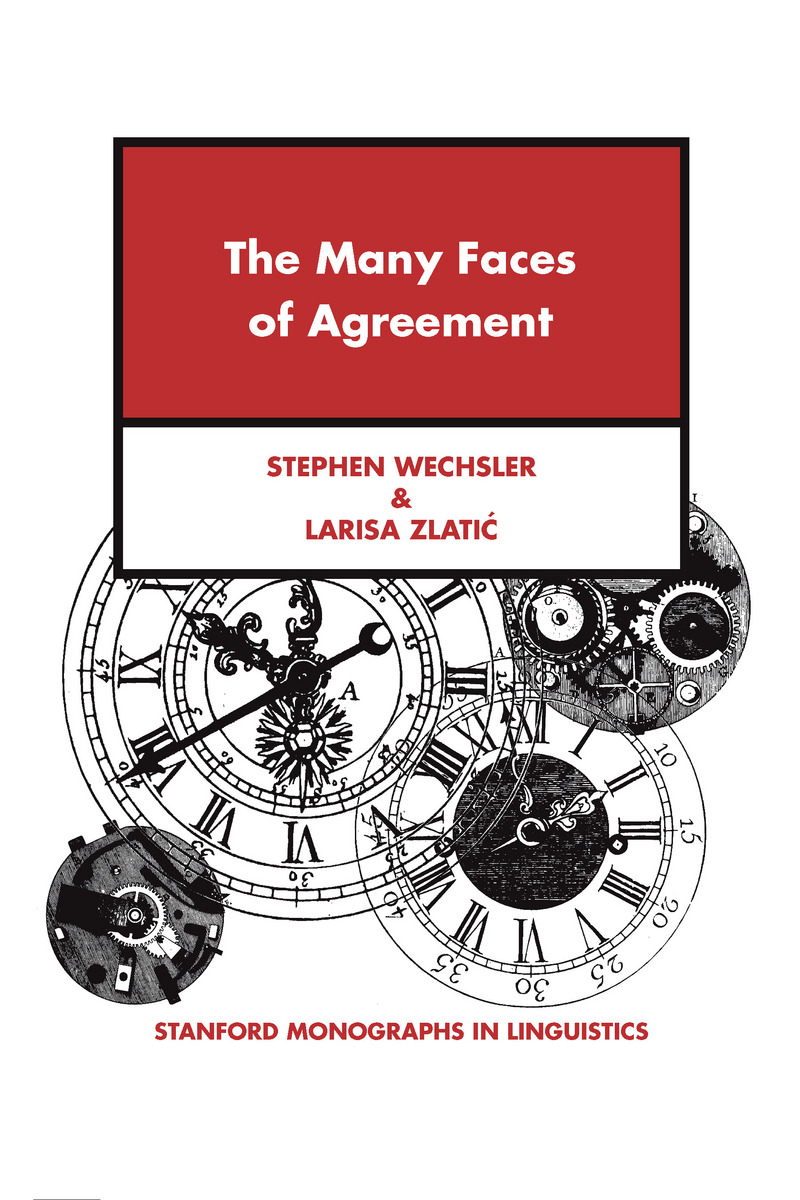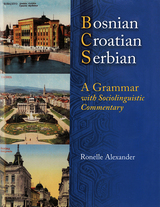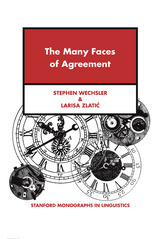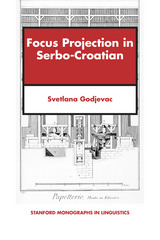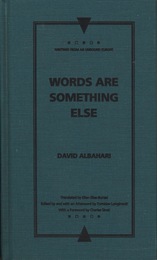Abbreviations ix Preface xi I\hspace 1em Morphology, Semantics, and Agreement 1 1 The Systematicity of Agreement 3 1.1 Introduction 3 1.2 Theoretical and scholarly background 7 1.3 Types of agreement 8 1.3.1 Pragmatic agreement 9 1.3.2 Pragmatic versus index agreement 10 1.3.3 Concord versus index agreement 14 1.4 Agreement in HPSG 18 1.5 Agreement features: rules and exceptions 27 1.6 Agreement constraints 28 2 From Morphology to Concord 31 2.1 Introduction 31 2.2 The Serbian/Croatian declension system 31 2.3 Irregular forms 34 2.4 Declension class and concord features 36 2.5 Declension-concord mismatches 39 2.6 Capturing the mismatches formally 41 2.7 Animacy as a subgender 44 2.8 Conclusion 48 3 From Concord to Index 49 3.1 Introduction 49 3.2 Concord-index mismatches with \it deca -type nouns 50 3.3 Nominative \it deca 52 3.4 Participles and predicate adjectives 53 3.5 Relative clauses 55 3.5.1 \it koji -relatives 56 3.5.2 \it \v s to -relatives 59 3.6 Conclusion 60 4 From Index to Semantics 61 4.1 Gender and sex 61 4.2 Lexical and semantic gender 71 4.3 Semantic and grammatical number 74 4.4 Conclusion 81 5 Synthesis: the Agreement Hierarchy revisited 83 5.1 Combining the constraints 83 5.2 Corbett's Agreement Hierarchy 87 5.3 The problem of variation 92 5.4 Conclusion 94 II\hspace 1em Further Explorations of Agreement 95 6 Expanding the Category of Person 97 6.1 Introduction 97 6.2 Agreement mismatches with T/V pronouns 97 6.3 The disconnect between French finite and non-finite predicates 101 6.4 Revising the French person/number paradigm 102 6.5 Forms that do not distinguish number 104 6.6 Forms that distinguish number 108 6.7 The T/V distinction as person, not number 110 6.8 Conclusion 114 7 Declinability 115 7.1 Introduction 115 7.2 Quantified Noun Phrases 116 7.3 Three ways to quantify a nominal 118 7.3.1 Adjectival quantifiers 118 7.3.2 Inflected nouns as quantifiers (Q$_ in $NPs) 119 7.3.3 Uninflected nouns as quantifiers (Q$_ un $NPs) 121 7.4 Case-marking and the distribution of Q$_ un $NPs 125 7.4.1 Undeclined female names 131 7.4.2 Distribution of caseless nominals 133 7.4.3 An existential constraint 137 7.4.4 Problems with feature percolation accounts 143 7.4.5 Oblique case assigned by prepositions 146 7.5 Why do Q$_ un $NPs fail to trigger agreement? 149 7.5.1 Featureless indices 149 7.5.2 Problems with treating quantifiers as neuter singular 156 7.5.3 Problems with treating Q$_ un $NPs as non-nominative 161 7.6 Speakers allowing agreement with Q$_ un $NPs 164 7.7 Agreement with the numerals two, three, and four 165 7.8 Conclusion 169 8 Gender Resolution in Coordinate Structures 171 8.1 Introduction 171 8.2 Gender resolution patterns 172 8.3 Syntactic feature computation 174 8.4 Syntactic versus semantic resolution 175 8.5 Animates and genders with semantic correlates 179 8.6 The origin of inanimate resolution rules 183 8.7 Origins of the featural representations of grammatical genders 187 8.8 How inherent gender blocks semantic gender 191 8.9 `Syntactic' and `semantic' gender resolution revisited 192 8.10 Competition between semantic and syntactic resolution 194 8.11 Conclusion 195 9 Pronoun Agreement 197 9.1 Introduction 197 9.2 Background 199 9.2.1 The pragmatic/grammatical agreement alternation 199 9.2.2 Deixis and topic chaining 201 9.3 Paycheck pronouns 205 9.3.1 Serbian/Croatian paycheck pronouns and agreement 205 9.3.2 Comparison with other types of pronoun construal 208 9.3.3 Towards an analysis of paycheck pronouns 211 9.3.4 Pronouns and nominal ellipsis 213 9.4 Reflexives and bound variables 215 9.4.1 Case, binding, and agreement 215 9.4.2 Analysis 220 9.5 Conclusion 224 References 225
Library of Congress Subject Headings for this publication: Serbo-Croatian language Agreement, Serbo-Croatian language Semantics, Serbo-Croatian language Discourse analysis
